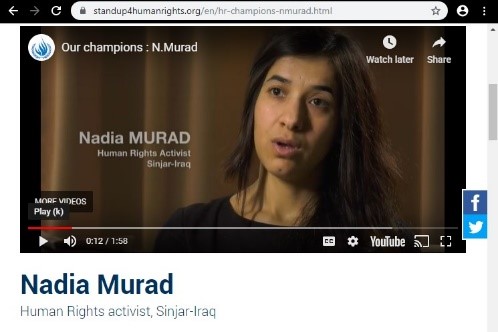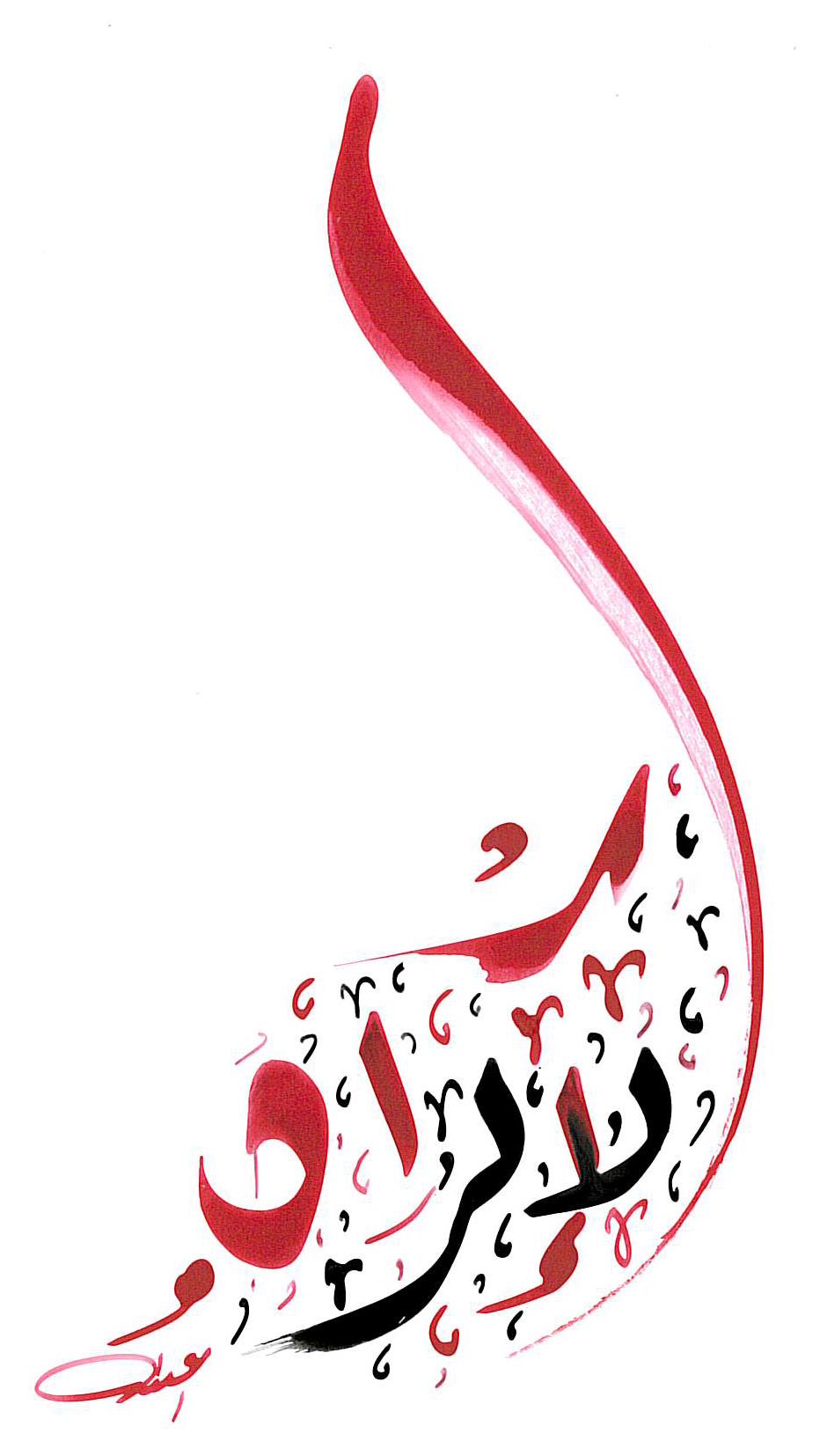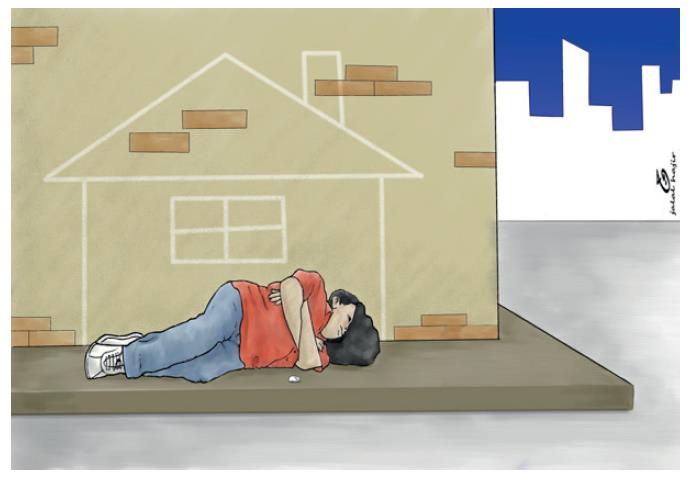Module 15: Non-coercion
#Faith4Rights toolkit
Full text of commitment XV
| We pledge neither to coerce people nor to exploit persons in vulnerable situations into converting from their religion or belief, while fully respecting everyone’s freedom to have, adopt or change a religion or belief and the right to manifest it through teaching, practice, worship and observance, either individually or in community with others and in public or private. |
Context
The question of the limits of preaching and missionary activities is a delicate one that often generates societal tension. Modern communication technologies add challenges to the practice of this principal function of faith actors. In countries with a history of religion-related conflicts, even future generations often remain hostages of past divides. At the same time, the individual’s right to change his or her religion is part of the absolute freedom of conscience and needs to be protected as such.
Additional supporting documents
In support of the peer-to-peer learning on commitment XV, the training file should include: the UN Human Rights Committee General Comment No. 22 of 1993, and the 2012 report of the Special Rapporteur on freedom of religion or belief, focusing on (a) the right to conversion, in the sense of changing one’s own religion or belief; (b) the right not to be forced to convert; (c) the right to try to convert others by means of non-coercive persuasion; and (d) the rights of the child and of his or her parents in this regard: “29. The Special Rapporteur notes that some religious communities, interfaith organizations and non-governmental organizations have developed voluntary ethical guidelines or voluntary codes of conduct on how to undertake and not to undertake missionary activities [Footnote: See World Council of Churches, Pontifical Council for Interreligious Dialogue, World Evangelical Alliance, “Christian Witness in a Multi-Religious World: Recommendations for Conduct” (Bangkok, 2011). See also Organization for Security and Cooperation in Europe (OSCE)/Office for Democratic Institutions and Human Rights, “Guidelines for Review of Legislation Pertaining to Religion or Belief”, 2004; Oslo Coalition on Freedom of Religion or Belief, “Missionary Activities and Human Rights: Proposing a Code of Conduct regarding Missionary Activities”, 2008; International Federation of Red Cross and Red Crescent Societies and the International Committee of the Red Cross (ICRC), “Code of Conduct for the International Red Cross and Red Crescent Movement and Non-Governmental Organizations (NGOs) in Disaster Relief”, 1994]. Those subscribing to such guidelines commit to respecting ethical principles, such as avoiding negative stereotypes, showing sensitivity for different cultural contexts and not linking charity work or humanitarian aid to expectations of conversion. While appreciating the significance of such ethical guidelines, which can have a beneficial effect on interreligious communication and cooperation, the Special Rapporteur emphasizes that they should be respected as voluntary and cannot be enforced by States.
Moreover, reference to such voluntary guidelines or codes of conduct must not become a pretext for States to circumvent the criteria set out in article 18 (3) of the ICCPR when imposing limitations on the right to try to convert others by means of non-coercive persuasion. […] 72. With regard to non-State actors, the Special Rapporteur recommends that: (a) Civil society organizations working on human rights should pay attention to the particularly vulnerable situation of converts and members of religious or belief minorities at risk of being forced to convert or reconvert against their will. They should develop strategies to empower such people based on the understanding that conversion constitutes an inextricable part of freedom of religion or belief; (b) Public and private media should provide fair and accurate information about converts and persons or groups engaged in non-coercive missionary activities with a view to overcoming negative stereotypes and prejudices. Self-regulation mechanisms within the media can play an important role in this regard; (c) Religious leaders and opinion formers should become aware and acknowledge that not only is conversion to their own religion or belief protected, but that any decision to replace one’s current religion or belief with a different one or to adopt atheistic views is equally protected; (d) Religious communities, interfaith groups and civil society and development aid organizations are encouraged to address issues of conversion and missionary activities in voluntary codes of conduct. They should use this as an opportunity to also promote more respectful attitudes towards converts and persons engaged in non-coercive missionary activities.”
Peer-to-peer learning exercises
Unpacking: Participants break down commitment XV into different elements and identify relevant action points, including their own. (Individual exercise for five minutes followed by ten minutes of a full group discussion on the differences between individual listings).
Linking the dots: Discuss the relationship between these elements and link them to commitments I (on freedom of conscience), XII (on teaching materials) and XIV (on humanitarian aid). The main idea of this exercise is to understand the inter-relatedness of the various commitments. (Collective exercise for 10 minutes).
Critical thinking: A critical discussion of the elements of commitment XV could start with the question if participants disagree with any of them? Is there a contradiction between the right to preach a religion and the obligation of non-coercion? What is the difference between persuasion and coercion? Can coercion be tacit or hidden in a context of personal vulnerability? How to define vulnerability? Is it only material or can it be moral, too? Are there missing elements in commitment XV? (Collective exercise for 20 minutes)
Tweeting: Summarize commitment XV within 140 characters to sharpen the skills of conciseness and clear communication (Individual exercise for five minutes). One possible result of this tweeting exercise could be as follows: “We commit not to coerce people in vulnerable situations into converting from their religion or belief, while fully respecting everyone’s freedom to have, adopt or change a religion or belief”.
Translating: Similar to the tweeting exercise, participants could be asked to “translate” this commitment into child-friendly language or into a local dialect. Again the idea is to stimulate discussion about the most important elements and appropriate ways of transposing and simplifying the message, without losing the substance of the commitment.
Storytelling: Participants share information about situations they witnessed related to this commitment and how they handled them. In particular, was there a situation where participants witnessed coercion of people to change their religion? Who are the different actors in their respective areas and how can they do better to ensure respect for the principle of non-coercion? Who should decide whether a conversion is voluntary or coerced? (Collective exercise for 15 minutes)
In the context of forced conversion, the facilitator could also refer to a concrete case taken up in the
joint urgent appeal issued by several Special Rapporteurs in 2015: “According to the information received, up to 2,500 members of the Yezidi minority community, who are being held by the so-called Islamic State (ISIL) in the territory of Tal Afar in Iraq’s Nineveh province, have been forced to convert to Islam. Older girls and young women have allegedly been sold to, abused, sexually exploited and enslaved by ISIL fighters. On 26 April 2015, ISIL troops moved the 2,500 captive members of the Yezidi minority community to a school in Tal Afar.
Subsequently, up to 700 men and teenage boys were reportedly separated from the rest of the group and moved to the village of Jino near Tal Afar. Furthermore, girls of a young age were reportedly also separated from the rest of the group. On 27 April 2015, up to 400 Yezidi men, from the above-mentioned group, were executed in an unknown location in Ayathiya and/or Zummar sub-districts. The remaining women and children are allegedly to be moved to Syria.”
 The facilitator may also show the video interview with Nadia Murad, a Nobel Peace Prize winner and a Goodwill Ambassador for the Dignity of Survivors of Human Trafficking at the UN Office on Drugs and Crime. In 2014 she was captured by ISIL fighters and held as a slave for several months before managing to escape. She eventually made it to a refugee camp and then to Germany. She campaigns tirelessly, telling her story to the world to gain support for Yazidi survivors and to defend the rights of marginalized ethnic and religious minorities.
The facilitator may also show the video interview with Nadia Murad, a Nobel Peace Prize winner and a Goodwill Ambassador for the Dignity of Survivors of Human Trafficking at the UN Office on Drugs and Crime. In 2014 she was captured by ISIL fighters and held as a slave for several months before managing to escape. She eventually made it to a refugee camp and then to Germany. She campaigns tirelessly, telling her story to the world to gain support for Yazidi survivors and to defend the rights of marginalized ethnic and religious minorities.
Exploring: How can both the right not to be forced to convert and the right to try to preach and even try to persuade others by non-coercive means, be respected? How can the rights of the child and of his or her parents with regard to conversion be reconciled when, for example, the parents want to convert but not the child (or vice versa)? How does this delicate balance present itself in the case of difference of religion between husband and wife? What should be the result for children? Are marriages among people of different religions possible in the participant’s environments? Do such marriages raise issues of coercion to conversion within families? Is there a role for faith actors in such an eventuality or would they claim it to be a “family issue”? (General discussion for 15-30 minutes)
Adding faith quotes: Participants enrich the religious or belief quotes in support of commitment XV. Participants may also be asked to identify quotes that could be misunderstood or that have been used to justify coercion in faith or territorial expansion in the name of religion. Again, facilitators should be cautious that the discussions do not derail towards theological or political controversies. The aim is just to show how delicate the balance can be in specific grey zones, between freedoms of thought, conscience, religion, belief, opinion and expression. A key positive take away from such discussion is that religions historically played an identity function comparable to that of nationality in modern times. Human development reached a level of progress whereby religions and beliefs maintain their full value but equal rights are not dependent on religious affiliation. (Individual exercise for 5 minutes, followed by a reading from each participant of his or her added reference).
Inspiring: Participants share artistic expressions they know of that capture aspects of the commitment under discussion. In addition, please find here the example of a cartoon and calligraphy as well as music.
Learning objectives

- Participants, similarly to module 7, become aware of the thin line between providing charity to the needy and exploiting their vulnerability to influence their beliefs.
- Participants become more willing to question their inherited practices and think more sensitively about how to approach situations of vulnerability.
- Participants recognize the right to change one’s own religion or belief; the right not to be forced to convert; and the right to try – without coercion – to persuade others.
previous module ¦ overview ¦ next module >